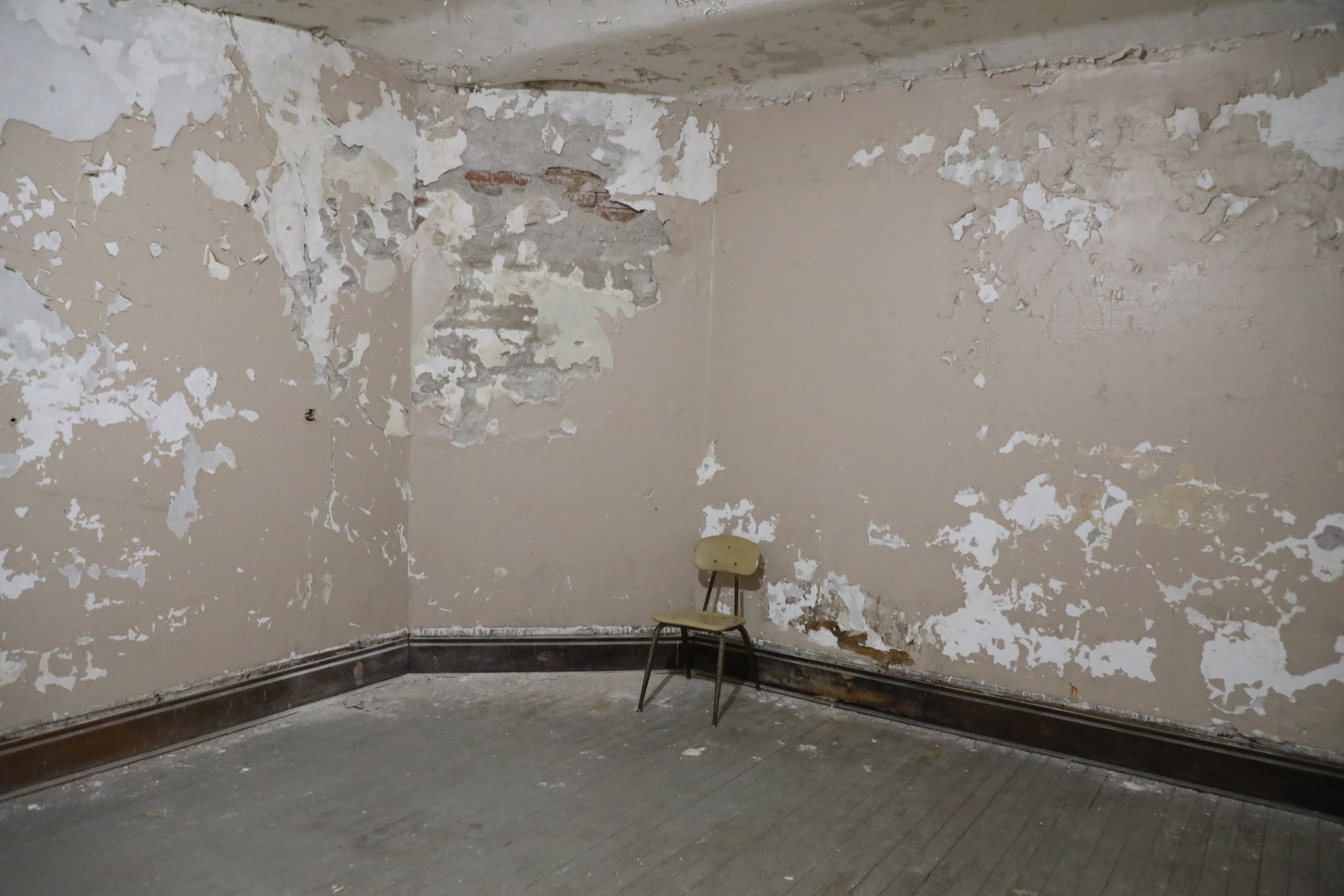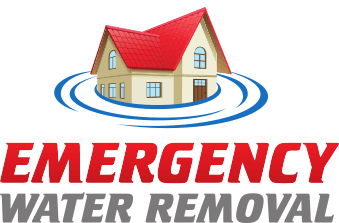
Mold removal refers to the process of eliminating and remedying mold growth within indoor environments. Mold is a type of fungus that can grow and thrive in damp or humid conditions. It reproduces through tiny spores that can become airborne and spread, potentially leading to health issues and damage to property if left untreated. Mold removal aims to not only remove visible mold growth but also address the underlying moisture issue to prevent future mold growth. Here are the general steps involved in mold removal:
Assessment and Inspection: A professional mold remediation specialist or environmental consultant will assess the affected areas to determine the extent of the mold growth and identify the source of moisture. This involves visual inspections, moisture measurements, and possibly air or surface sampling to identify the type and concentration of mold spores present.
Containment: To prevent the spread of mold spores to unaffected areas, containment measures are implemented. This typically involves sealing off the affected area using physical barriers like plastic sheeting and creating negative air pressure using specialized equipment such as air scrubbers with HEPA filters. The goal is to isolate the contaminated area and prevent cross-contamination.
Removal of Mold-Infested Materials: Porous materials, such as drywall, carpeting, and insulation, that are extensively affected by mold growth may need to be removed and discarded safely. Non-porous surfaces can usually be cleaned and treated to remove mold. The extent of material removal depends on the severity of the contamination and the type of material involved.
Cleaning and Disinfection: Affected surfaces that can be salvaged are thoroughly cleaned using appropriate techniques and antimicrobial agents. HEPA vacuuming, scrubbing, and wiping down surfaces help remove mold spores and mold particles. Disinfectants may be used to kill any remaining mold and prevent regrowth. It’s important to use professional-grade cleaning products and follow established guidelines for effective mold removal.
Drying and Dehumidification: Once the mold is removed, the affected area must be thoroughly dried to eliminate moisture and prevent future mold growth. This may involve using dehumidifiers, fans, and other drying equipment to reduce humidity levels and promote proper ventilation. Addressing the underlying moisture source, such as fixing leaks or improving ventilation, is crucial during this phase.
Post-Remediation Verification: After the mold removal process, it’s important to conduct a final inspection to ensure that the remediation was successful. This may involve visual inspections, moisture measurements, and air or surface sampling to confirm that the mold has been effectively removed and the indoor environment is safe.
It’s worth noting that mold removal can be a complex and potentially hazardous process. It’s often recommended to engage professional mold remediation services to ensure proper identification, containment, removal, and prevention of mold growth. These professionals have the expertise, experience, and necessary equipment to handle mold removal safely and effectively.
